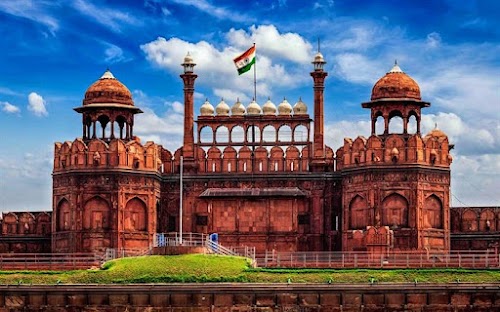
Red Fort
New Delhi, India
- Explore-the-palaces-and-mosques
- Stroll-through-the-gardens
- Visit-the-museums
- Witness-the-sound-and-light-show
Known for:
Description:
The Red Fort, a UNESCO World Heritage Site, is a magnificent Mughal fort located in Old Delhi, India. Built by Emperor Shah Jahan in the 17th century, it served as the main residence of the Mughal emperors for nearly 200 years. Constructed of red sandstone, the fort complex encompasses a wide range of architectural styles, including Persian, Timurid, and Hindu. Within its walls, visitors can explore palaces, mosques, gardens, and audience halls, each adorned with intricate carvings, marble work, and precious stones. The Red Fort's grandeur and historical significance make it a must-visit destination for anyone traveling to Delhi.
History:
Construction of the Red Fort began in 1639 and was completed in 1648 under the reign of Mughal Emperor Shah Jahan. It served as the capital of the Mughal Empire until 1857. The fort's design, led by architect Ustad Ahmad Lahauri, showcases a blend of Islamic, Persian, Timurid, and Hindu architectural styles. Originally red and white, the fort acquired its characteristic red color later. After the Indian Rebellion of 1857, the British occupied the fort and significantly altered its structures. Today, the Red Fort stands as a symbol of India's rich history and resilience, playing host to the annual Independence Day celebrations.